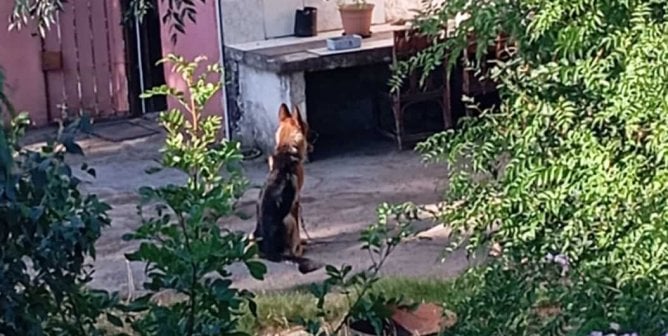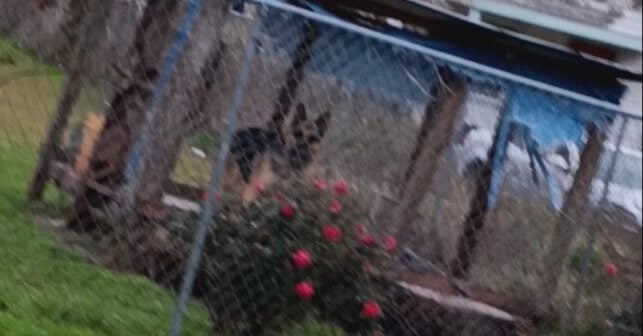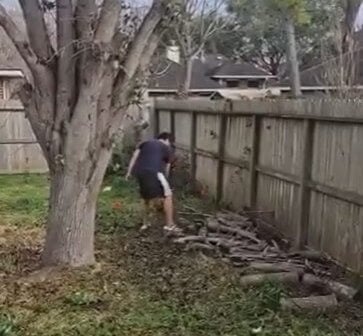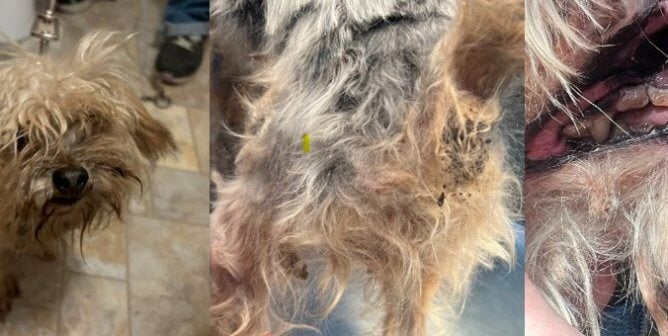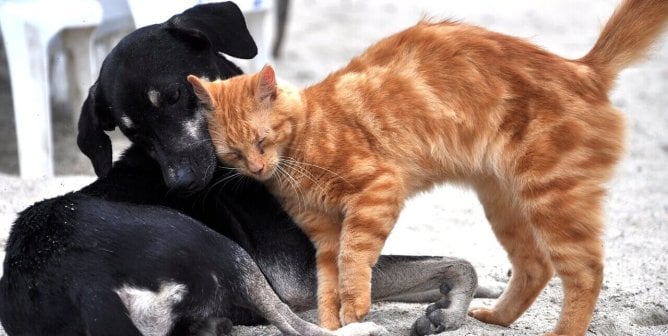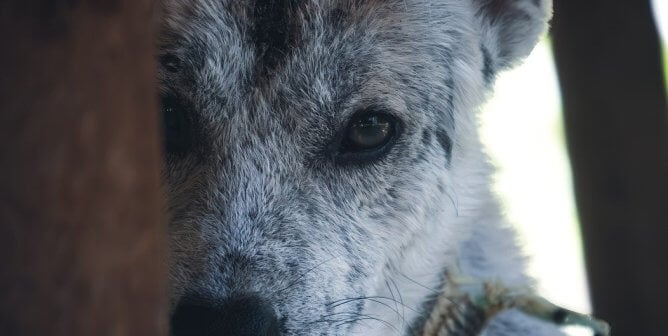Animal Dealers: Licensed to Kill
Animal dealers are part of a complex network that supplies an endless stream of animals to research facilities and laboratories in which they are force-fed poisons, exposed to radiation, addicted to chemicals, or subjected to other painful procedures.
The Dealer Network
The U.S. Department of Agriculture (USDA) is responsible for licensing animal dealers and enforcing the federal Animal Welfare Act, which sets minimum standards of housing and care. Anyone who sells animals to laboratories must be licensed. Class A dealers maintain their own breeding colonies, while Class B dealers can obtain so-called “random source” dogs and cats from such sources as animal shelters and pounds.1
For a nominal fee, anyone can obtain a USDA Class B dealer license. While licensees are required to provide a kennel with adequate shelter and veterinary care, dealers are generally not willing to cut their profits by providing medical attention for sick or injured animals. An abundance of new arrivals makes mortalities “affordable.”
In states that allow pound seizure, Class B dealers can buy animals from pounds and animal shelters.2 According to a recent government report, in a one-year period, 20 percent of dogs and 61 percent of cats acquired by Class B dealers came from government pounds or shelters.3 A PETA undercover investigation at a University of Utah laboratory revealed that animals confined there—including cats and dogs who had been purchased from local animal shelters—were enduring miserable conditions and terrible suffering. Holes had been drilled into the animals’ skulls, medical devices had been implanted in their chests, and chemicals had been injected into their brains. For more on this undercover investigation, please visit PETA.org.
“Bunchers” are a vital source of animals in the dealers’ network. They capture cats and dogs by hiding sedatives in food sources, or they use females in heat to lure male animals before trapping them in nets. Some thieves pose as animal-control officers and comb neighborhoods in vans, “impounding” animals without tags. “Free to a good home” newspaper ads are another way for bunchers to obtain animals. Posing as part of a caring family, the buncher may take a child with him or her when picking up a free animal. Bunchers often clear out entire neighborhoods and then transport the animals across several states in order to avoid detection, although some animals are sold locally. Animals can also be stolen from shopping areas, cars, and backyards.
Hell Begins Before the Lab
PETA’s undercover investigations have revealed many abuses in the dealer pipeline. Animals are kicked, beaten, and thrown into holding pens; transported in severely crowded conditions; fed maggot-infested food; denied food, water, or veterinary care; and denied shelter in extreme weather. Newborn animals can be crushed to death or eaten alive by stressed cagemates.
The USDA’s Animal and Plant Health Inspection Service (APHIS) inspectors are responsible for monitoring dealer facilities for compliance with regulations pertaining to recordkeeping, the physical condition of the facility, and the condition of the animals themselves. Enforcement, however, is extremely weak, and most inspectors allow dealers many opportunities to “correct” violations. In many cases, activists have documented consistent, severe violations and pressured the USDA for years before action was taken. The few dealers who are ordered to close down have been known to transfer ownership of the kennel to family members in order to beat the system.
Protecting Companion Animals
There are several steps that guardians can take to prevent the theft of their animal companions. Most importantly, don’t leave animals unattended in a car or yard, and don’t let them run loose. Make sure that they are wearing tags with your name, current address, and telephone number. Have dogs microchipped or tattooed through the National Dog Registry (1-800-NDR-DOGS). It is a crime in some states to perform experiments on animals with tattoos. Watch for suspicious trucks or vans that seem to hang around your neighborhood; get license plate numbers, good descriptions, and photographs, and report them to your local humane society or police.
What You Can Do
The following tips will also help you combat the theft of companion animals:
- Identify local dealers. A listing of licensed dealers in all 50 states is available from the APHIS Web site.
- Attend auctions at which animals are sold and traded. Try to blend in with the crowd. Take photographs of dealers, their vehicles, and license plates. If possible, photos of animals should be close-ups and should show a dealer with the animal in his or her vehicle. Be discreet—use a hidden camera, if possible. Take notes on who is selling to whom. Once you determine who the suppliers and buyers are and what states they are from, you can connect with activists in those areas to set up a network for tracing stolen dogs and cats. Pay special attention to unusual-looking dogs; make fliers with their photos or descriptions and distribute them to animal shelters. Keep track of “lost” ads in newspapers, and watch for those animals to appear at auctions.
- If a stolen animal is positively identified in a dealer’s possession, report it to USDA officials in your state and demand that the dealer’s records be inspected. Contact the media—the story might make headlines and curb more theft. Urge the animal’s owner to press charges against the dealer for possession of stolen property and for damages such as veterinary bills.
- Place the following ad in the classified section of your local newspaper:
PET THEFT ALERT: Don’t let your animal companion end up in a research experiment. Don’t place “Free to a good home” ads or leave animals alone outdoors. Check out new homes thoroughly before allowing an adoption. Call [insert your phone number or 757-622-PETA] for more information.
- Spay or neuter your animal companions, and educate others about doing the same. With so many unwanted animals changing hands, dealers have an easy job of filling their kennels.
- Arm yourself with the facts by reading Stolen for Profit by Judith Reitman (Pharos Books, 1995). This book exposes the medical establishment’s funding of a national pet-theft ring.
References
1National Research Council (US) Committee on Scientific and Humane Issues in the Use of Random Source Dogs and Cats in Research, Washington (DC): National Academies Press (US); 2009.
2Animal and Plant Health Inspection Service, Code of Federal Regulations, “Title 9: Animals and Animal Products.”
3National Research Council, Scientific and Humane Issues in the Use of Random Source Dogs and Cats in Research (Washington: National Academies Press, 2009), 72.

